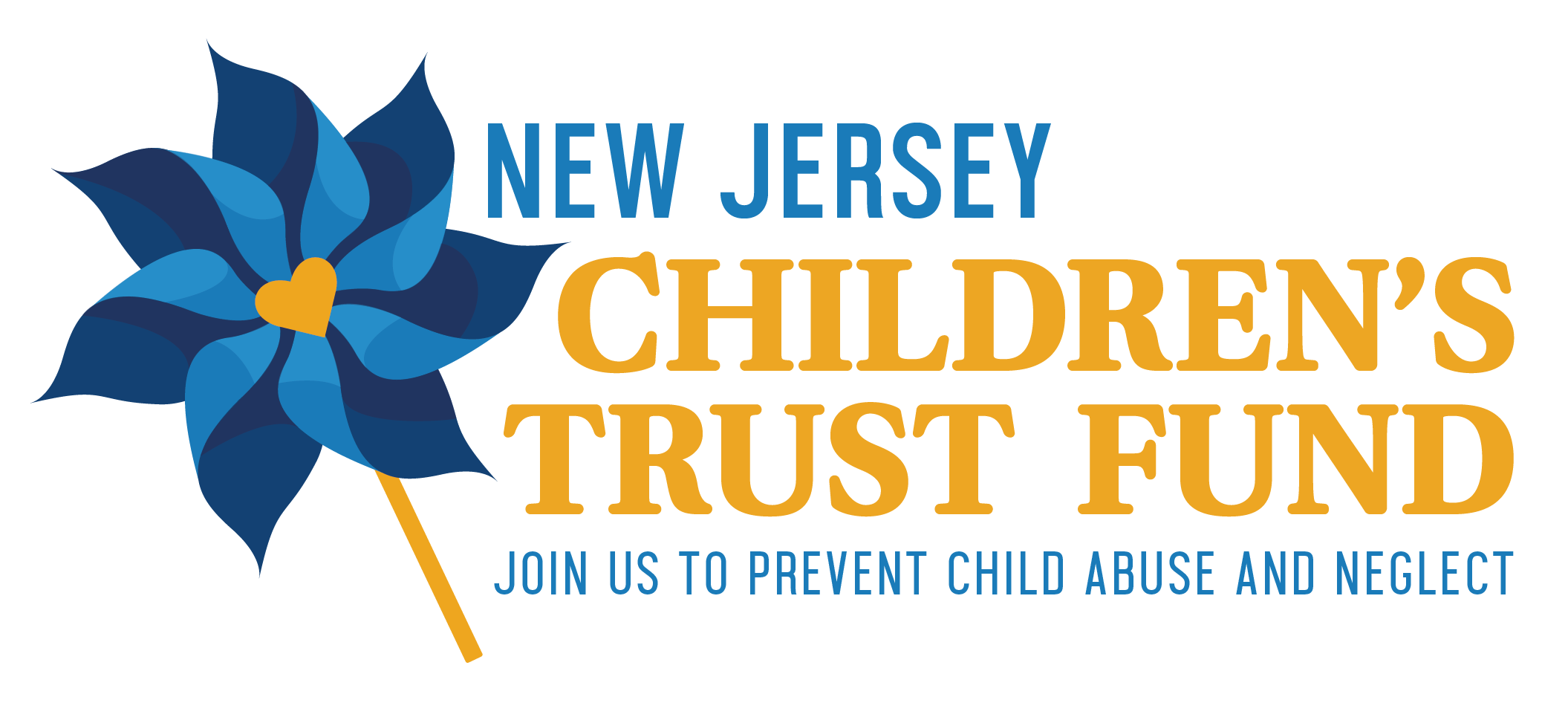New Jersey Leads Country in Key Child Welfare Performance Areas
Investment in evidence-based programming and in-home services advances system transformation
October 22, 2020
TRENTON - The Murphy Administration today announced that New Jersey’s child welfare system (CWS) is a national leader in key areas related to child safety, reunification and foster placement. Data recently released by the US Department of Health and Human Services show that the New Jersey Department of Children and Families and its contracted network of providers achieve better than most nationwide CWS performance outcomes.
“New Jersey is consistently a leader in multiple aspects of supporting our children and families – in health, in education and in child welfare,” said Governor Phil Murphy. “Under the leadership of Commissioner Norbut Beyer at DCF, we’ve made incredible strides in transforming our system into a prevention and family service-centered infrastructure. I’m incredibly proud of our progress and continued prioritization of reducing abuse and neglect and keeping families together.”
DCF has been reforming the state’s child welfare system for nearly 20 years. Most recently, among other initiatives, it has incorporated family voice and lived experience into its policy and planning processes. At the suggestion of participants in an extensive listening tour that involved nearly 1,000 current and former clients, the Commissioner created multiple opportunities for formal and informal feedback. This includes the launch of an Office of Family Voice, a Wisdom Council of parents involved in the system, and a Youth Council.
“New Jersey’s child welfare system bears almost no resemblance to the Division of Youth and Family Services of the past,” said Christine Norbut Beyer, DCF’s Commissioner. “The number of children entering foster care in NJ has declined steadily. Between 2018-19 alone, the rate of children entering foster care declined by 23%. The effect of New Jersey’s investment in comprehensive, state-wide strategies such as evidence-based home visiting programs, Family Preservation Services, supportive housing, and the Children’s System of Care is clear and convincing.”
The strong outcomes achieved by New Jersey’s system cross multiple critical performance indicators, including:
- New Jersey’s children are victims of maltreatment less than one-third as often as children in the United States on average. In New Jersey, the 2018 child maltreatment victimization rate is 3.1/1,000 compared to 10.1/1,000 on average.[1]
- New Jersey uses family separation as a child safety intervention approximately half as often as other jurisdictions in the United States, on average. In 2018, 1.8 children per 1,000 entered foster care in New Jersey, compared to 3.4 children per 1,000 in the US on average.
- Children in New Jersey’s foster care system are more likely to be reunified with their families than children in the United States on average. In 2018, 61% of children exiting the foster care system in New Jersey were exiting to reunification with their family of origin, compared to 56% in the United States on average.
- Children in New Jersey’s foster care system are less likely to be placed in an institution or residential care setting than in the United States on average. In 2018, 99% of children in New Jersey’s foster care system were living in a foster family, and not in an institution or residential care setting, compared to 96% in the United States on average.
The US Department of Health and Human Services’ Administration for Children and Families released the national child welfare outcomes data for 2018 on August 31, 2020. Child Welfare Outcomes is a report that is published annually by the U.S. Department of Health and Human Services. The data can be accessed online at: https://cwoutcomes.acf.hhs.gov/cwodatasite/about
In addition to the US Department of Health and Human Services Adoption and Foster Care Analysis and Reporting System (AFCARS) report, New Jersey’s Child and Family Service Review (CFSR) data show that the state is statistically better than national performance in the areas of Permanency in 12 months, Placement Stability, Maltreatment in Care and 18 other key factors.
The New Jersey Department of Children and Families publishes performance data to the general public in partnership with the Rutgers University School of Social Work through the New Jersey Child Welfare Data Hub at: https://njchilddata.rutgers.edu/
[1] There are 1,953,643 children in NJ. The Child Welfare Outcomes Report shows that 6,008 NJ children were victims of maltreatment in 2018, or 3.1/1,000. There are 73,993,353 children in the United States.






